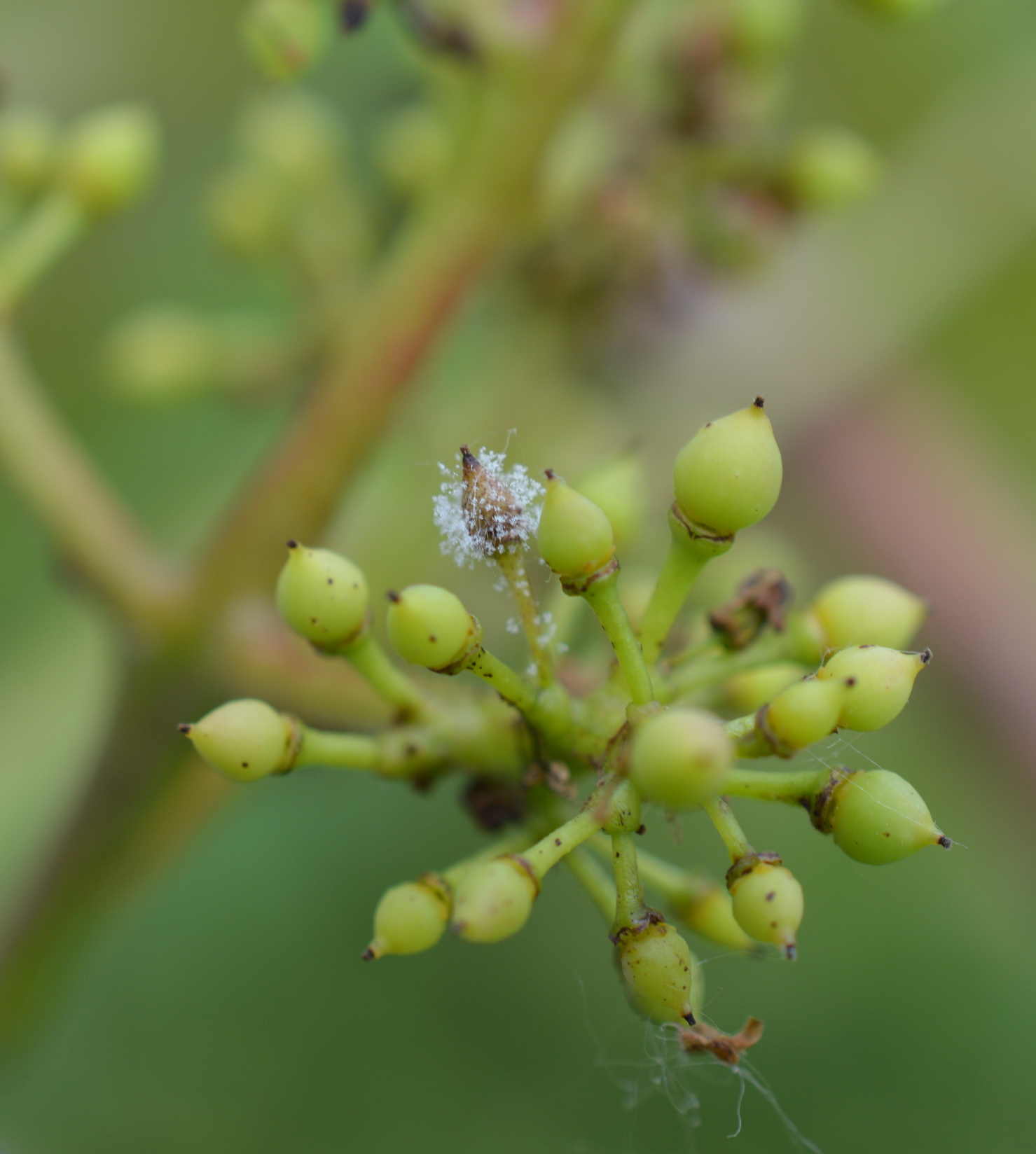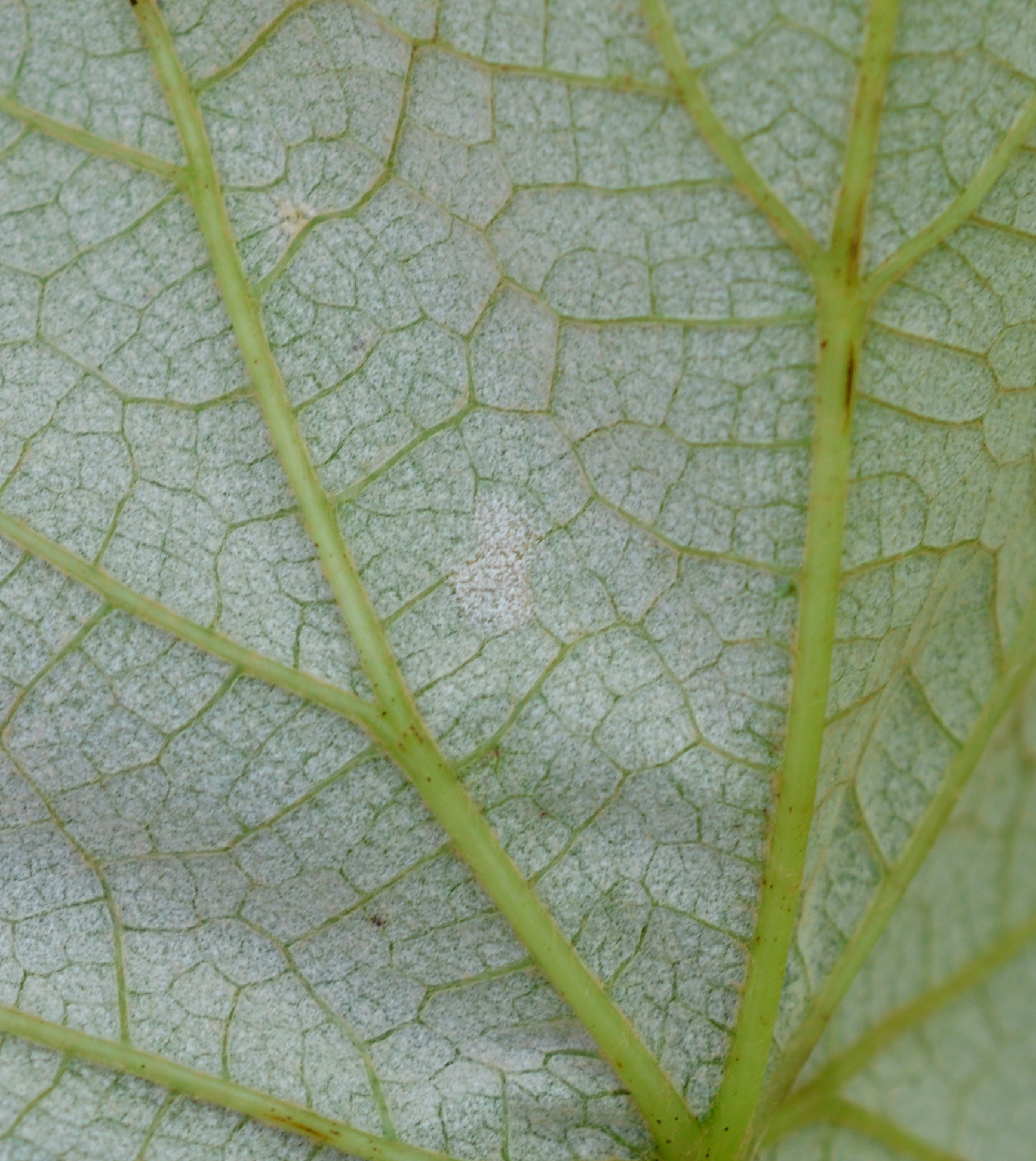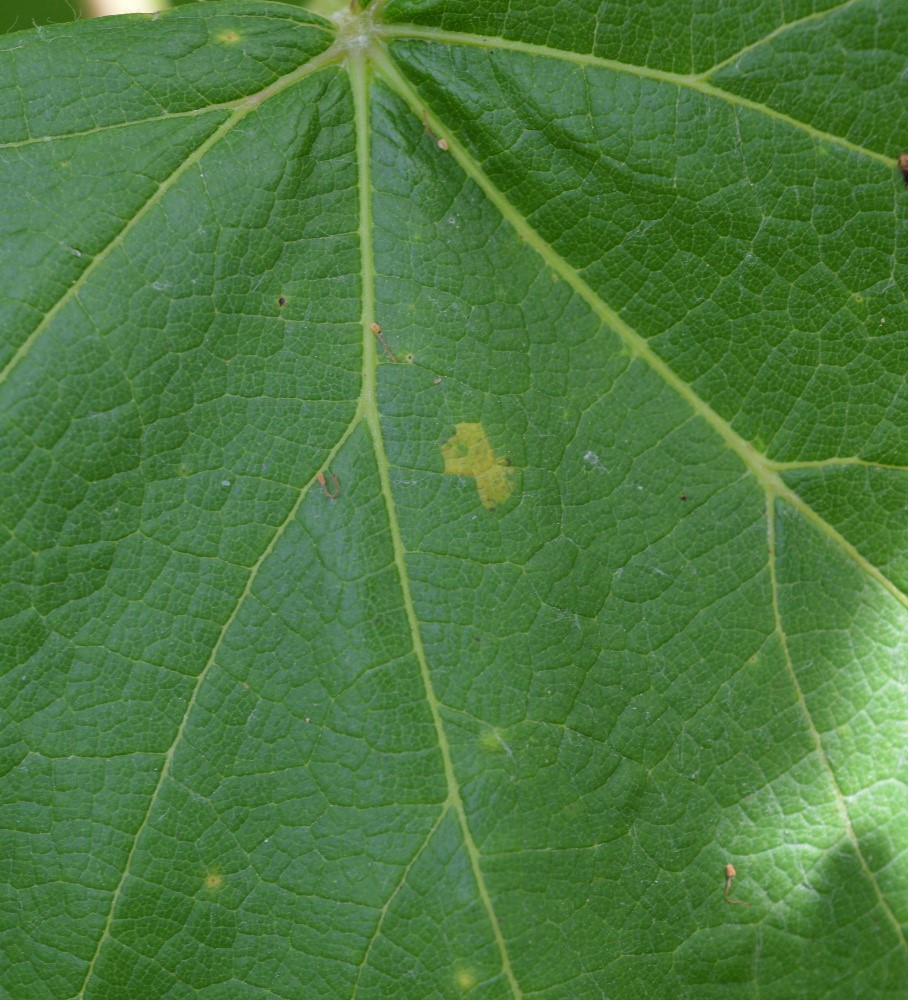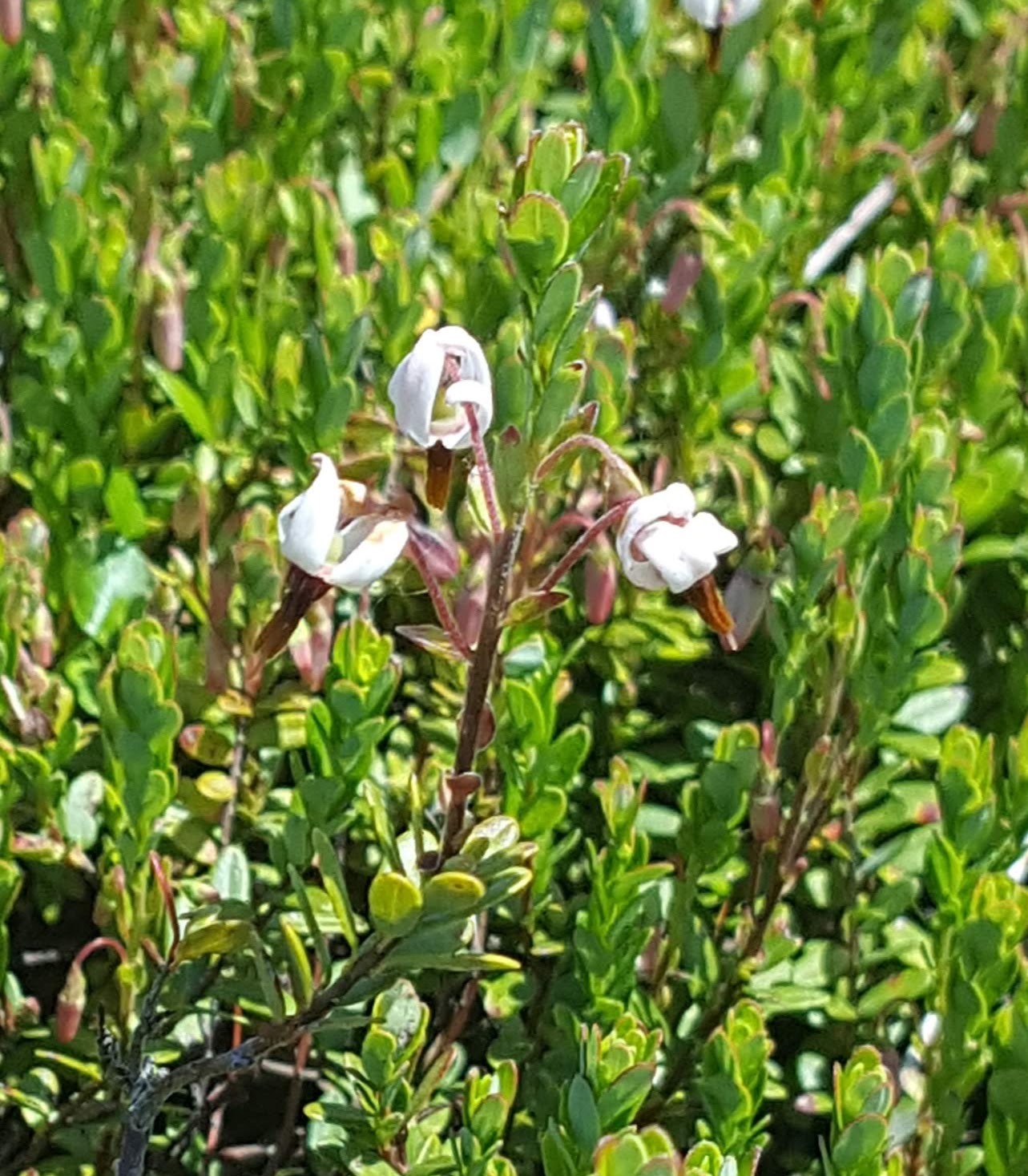Southwest Michigan fruit update – June 19, 2018
The hot weather has ripened fruit quickly, ending strawberry harvest.

Weather
Last week started cool with highs in the 70s. Highs rose into the 80s before the weekend. Saturday, June 16, was stormy and rainy with heavy rains and flooding in some areas. Sunday and Monday were hot and humid with highs in the 90s. Measured rainfall totals for Saturday’s rain were generally 1-2 inches, but many areas received more and there was again local flooding. Some fields have standing water in low spots, but sandy soils dried quickly in the heat.
This week will be warm with highs in the 80s. There is a chance of thunderstorms through Wednesday, June 20, and again on Friday. With the heat in May and June, we are about a week ahead of our normal heat accumulation. The effect of Lake Michigan has the inland areas accumulating heat faster than those located closer to the cool Lake.
|
Southwest Michigan GDD summary from March 1 – June 17, 2018 |
|||
|
Station |
GDD 42 F |
GDD 45 F |
GDD 50 F |
|
Benton Harbor (SWMRC) |
1259 |
1076 |
800 |
|
Lawton (Lawton) |
1298 |
1114 |
835 |
|
Fennville (TNRC) |
1150 |
976 |
715 |
|
Average for the SW region |
1270 |
1087 |
811 |
|
Accumulation last week |
206 |
185 |
150 |
Tree fruit
Fruit size increased noticeably over the past week due to the wet conditions. San Jose scale males have been flying since May 27 and crawlers should emerge now. This is the treatment window for crawler control. Brown marmorated stink bug have been scarce. We have begun to catch a few spotted wing Drosophila (SWD) flies in our trapping network (see “Plan to change when dealing with spotted wing Drosophila” by Michigan State University Extension). Also, see the MSU Spotted Wing Drosophila website for more information on SWD.
Apricot harvest should begin in about 10 days for the earliest varieties. Fruit are relatively free of bacterial spot symptoms.
Peach and nectarine pit hardening is almost complete, but should be complete by the end of this week. Hand-thinning is underway. Bacterial spot symptoms are starting to show up on fruit—the severity is generally very low. Bacterial spot protection with oxytetracycline is needed for warm rainy periods.
First generation trap catches for oriental fruit moth are declining according to the Trevor Nichols Research Center trap line. Branch end flagging and fruit entries by first generation oriental fruit moth larvae are common in some sites.
Tarnished plant bug feeding damage is still a threat in some orchards. Estimated peach harvest dates are available on MSU Enviroweather. Redhaven harvest is projected to begin about August 1st.
The first picking of early sweet cherry varieties will start this weekend. Montmorency tart cherries changed from straw color to noticeably red. Wind whip is appearing. SWD traps should be out to monitor this pest. We are just beginning to catch SWD in the southwest region with only a few traps catching single flies. The crop looks good in many orchards.
With this heat, harvest may start before the Fourth of July. Growers planning to apply Ethephon on cherries to ease harvest need to wait until all the fruit are straw-colored. Cherry leaf spot symptoms are becoming obvious in area orchards. Cherry leaves are always susceptible to cherry leaf spot infection and need to be protected. Brown rot symptoms are showing up on fruit in sweet cherry orchards. Sweet cherry fruit are very susceptible and need to be protected.
June drop of Japanese and European plums continues. Netting symptoms are showing up again this year on Vibrant European plum fruit. Continue fungicide treatment for black knot until shoot growth stops. Some weather-related russeting is showing up on Japanese plum. Plum curculio will target plum fruit for egglaying.
Lacey netting on Vibrant plum (2016). Photo by Mark Longstroth, MSU Extension.
Apple drop of relatively large fruit continues due to earlier thinning sprays and hot weather stress. Hand-thinning is under way. Crop loads vary greatly from orchard to orchard. Many orchards only need light hand-thinning.
Apple scab ascospore numbers have declined to low levels, indicating primary scab season is over. Fire blight symptoms are spreading in some area orchards. Fruit entries by oriental fruit moth larvae, usually at the stem or calyx ends, started appearing this past week. Codling moth egg hatch is underway (began June 2). Codling moth trap catch numbers are low, indicating the end of the first generation flight.
Oblique banded leafroller trap catches have increased for the past two weeks, indicating the first flight is underway. Biofix was June 8. The obliquebanded leafroller Enviroweather model indicates first flight and egg laying has begun and egg hatch will begin this week.
Pear fruit are about 1 inch in diameter. Hand-pulling of water sprouts will help to discourage pear psylla building up.
Small fruit
In grapes, Concord and Niagara have BB to buckshot sized berries. Vinifera and hybrid grapes are still blooming. Black rot, phomopsis and downy mildew can be found. The immediate post-bloom period is critical for controlling diseases on grape berries such as powdery mildew, downy mildew, phomopsis and black rot.



Left/Top: Downy mildew sporulating on Concord berries. Middle: Sporulating downy mildew on the lower surface of a Concord leaf. Right/Bottom: The yellow spot on the top of the leaf makes it easy to scout for downy mildew. Photos by Keith Mason, MSU.
Grape berry moth flight has peaked across southwest Michigan. We are seeing an increase in grape berry moth larvae in clusters. Because the larvae are exposed in young clusters, a contact insecticide is a good choice if a post-bloom insecticide spray is needed. We are still at least 10 days to two weeks away from second generation grape berry moth egglaying. See “Using the MSU Enviroweather grape berry moth model in 2018” from MSU Extension for more information.
Rose chafer numbers are up at some sites and there is heavy feeding in those spots. Grape leafhopper and potato leafhopper numbers are still low. Brown marmorated stink bug numbers in traps have also decreased over the last two weeks.
Blueberry fruit has sized well. The crop is looking similar to last year. Many growers are complaining of poor weed control. Maintain fungicide protection on green fruit against anthracnose. Many of the warm rains this weekend were infection periods. Cherry fruitworm and cranberry fruitworm flight has ended.
Strawberry harvest is ending in the heat. All berry sizes are ripening. All this fruit left in the field will be a breeding ground for SWD. Flies coming off strawberries will be moving to ripening fruit.
Overall, this was a short, frustrating season. Some growers did not harvest at all. Growers complained of small, misshapen fruit and light fruit set. Growers with berries had trouble keeping up with demand.
Now is the time for strawberry renovation. In the matted row production system for June bearing strawberries, the field is mowed and then weeds are sprayed with contact herbicides. The rows are narrowed and soil active herbicides are applied. Finally, the fields are fertilized and irrigated to get the plants off to a good start for next season. Potato leafhopper are out, so new growth should be protected from this pest, which stunts plant growth.
Brambles have small, green fruit. Black and red raspberries and blackberries have small, green berries. Berries should begin to ripen in the next week. Japanese beetles should emerge soon. Target Japanese beetles as soon as you see them to prevent this pest from aggregating in your fields.
SWD traps should be out to monitor this pest. Raspberries and blackberries are a preferred host for SWD. We are just beginning to catch SWD in the southwest region with only a few traps catching single flies.
We are seeing some floricane collapse. This may be due to winter injury or an anthracnose infection last year. Anthracnose is easy to find in wild black raspberries. Orange rust can be found in blackberries and black raspberries. Infected plants should be removed.
Cranberries are blooming.

Cranberry bloom. Photo by Mark Longstroth, MSU Extension.
Upcoming meetings
A Blueberry Pre Harvest and Weed Control Update is planned for Wednesday, June 20 from 7 to 9 p.m., south of Grand Junction in a blueberry field north of Silver Lake Road. The meeting will include updates and insect and disease control as well as a tour of an herbicide trial with standard and new pre-emergent herbicides applied in either fall or spring. Visit Blueberry Pre Harvest and Weed Control Update for registration details.
The last Monday fruit IPM meeting is June 25 at Fruit Acres Farms, 3452 Friday Rd, Coloma, MI at 5 p.m. Two Michigan RUP applicator recertification credits are available at these meetings.
MSU Agriculture Innovation Day: Focus on Fruit and Vegetable Technologies is June 28 at the Southwest Michigan Research and Extension Center.
Related articles
- Plan to change when dealing with spotted wing Drosophila
- Review of spotted wing Drosophila management strategies and product selection diversity
- MSU Spotted Wing Drosophila – website with much more information on SWD
- Ethephon on cherries
- Control of American brown rot
- Management of bacterial spot on peaches and nectarines
- Cherry leaf spot 101: Understanding Blumeriella jaapii biology and management
- Controlling black knot in Michigan
- When to prune out fire blight: To prune or not to prune
- Banning black rot and Phomopsis from young grape clusters
- Early season vineyard disease management.
- Spring grape disease management: what to consider
- Using the MSU Enviroweather grape berry moth model in 2018
- Anthracnose fruit rot prediction model to assess risk of infection in blueberries
- Blueberry weed control: late spring and summer options
- Strawberry renovation is due soon



 Print
Print Email
Email.JPG)

